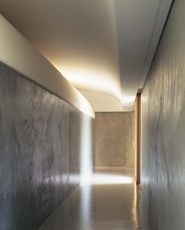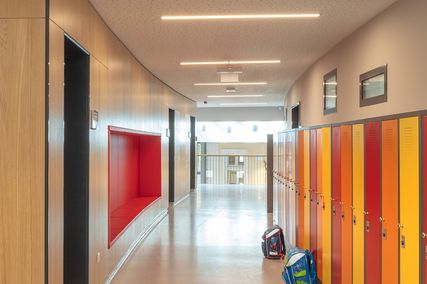Architecture was one of the first professions to create a structured annual review of member’s work, in the most part by invited yet independent juries. Other professions are now looking at the architectural awards system and process as a precedent for their own peer review. Clients, the public, overseas architects and graduates and students new to the profession might not know how the RAIA architecture awards came about or what they are for. Peer review of new buildings in Australia was first conceived when elder-statesmen architects, who had established their careers in the nineteenth century, bequeathed award endowments in the form of medals for “distinguished architecture”. Initially these medals or prizes were not offered every year, but rather on a biennial or triennial basis, and were generally confined within the sovereignty of each different state and territory. The concept of providing a national award judged from the winners of the state awards only came about 20 or so years ago.
We now also see the emergence of “World Architecture Awards”. In its second year, with the name being a play on the title of the magazine in question World Architecture, these awards are nevertheless a proposition that common criteria can be extended to the extremities of the planet, so that assessments can be made.
At a more modest yet comprehensive level, awards are given by the RAIA in Australia to recognise outstanding merit in new projects, accredited architectural education, students and graduates studying architecture, and significant individual contributions through a lifetime of design leadership. The subjectivity involved in determining the best work in a creative field has caused the RAIA to adopt stringent, transparent and published procedures for the assessment of all of its awards. A rigid framework has proved to be critical to the ongoing value and respect placed by the profession on the system.
Awards acknowledge both relative merit and absolute merit. This means that the best work within the eligible period is selected, but in some years no award is given because the best is deemed as “not good enough”, when the merit of past winners is taken into consideration. This sometimes causes dissent and controversy. On the other hand, juries have sometimes elected to include buildings that were not officially submitted for consideration – Harry Seidler’s Horizon Building in Sydney is one such example, which was given the NSW Wilkinson Award for residential building in 1999. On the whole, juries have been given considerable latitude, even when they are at variance with the Institute’s own policies.
Over the years the RAIA has adapted the awards program to incorporate changing merit and value assumptions. In the late 1970s, heritage and environmental awards were introduced, and in 2001 the inaugural Education Award was presented to Professor Jennifer Taylor. In the near future, the RAIA will require environmental concerns to be met across all award categories and the formation of a national system of local or regional awards (which Queensland already runs) will be considered.
Although criteria may change over time, the fundamental questions that the jurors take with them are unlikely to change – such as how well does the project meet its original intentions? Is the client satisfied with the project?
Has the architect considered the environmental performance of the project? Does the building make a contribution to the advancement of architecture? For these kinds of questions, we can all be our own judges.
Graham Jahn FRAIA
RAIA National President















